We have much more to do and your continued support is needed now more than ever.
Communities & Wildlife: Year in Review
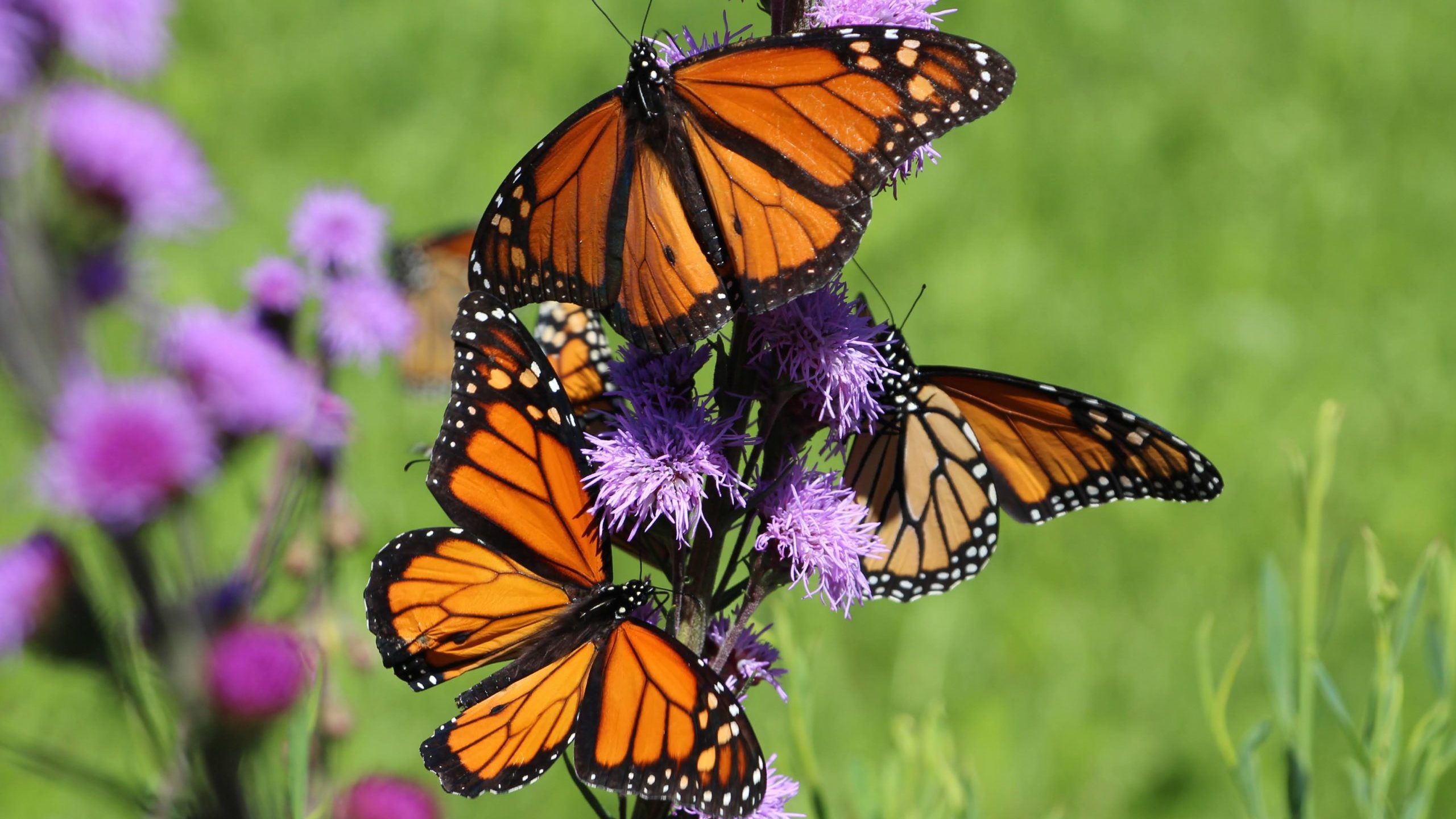
The National Wildlife Federation’s Community Wildlife Habitat™, Trees for Wildlife™, Mayors’ Monarch Pledge™, and Sacred Grounds™ programs partner with cities, towns, municipalities, and places of worship to promote community-driven conservation efforts that support both humans and wildlife.
After a tumultuous year caused by the COVID-19 pandemic, communities faced numerous challenges that limited in-person events and typical programming. However, we witnessed major successes in community organizing and wildlife conservation across the country in 2020. Help us celebrate the top ten accomplishments below:
Top Ten Accomplishments in Community Wildlife
1.
Southern California saw some major advancements in wildlife conservation this year. Los Angeles, CA joined the Community Wildlife Habitat Program becoming the largest city in the program.
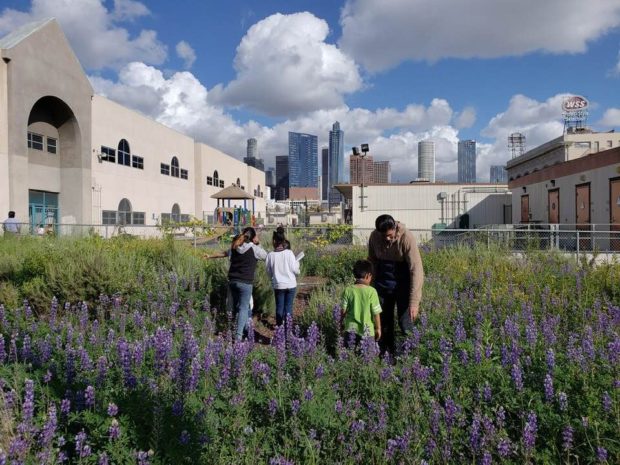
Students at the wildlife habitat at Esperanza Elementary School in Los Angeles, created by LA Audubon. Photo by Emily Cobar. 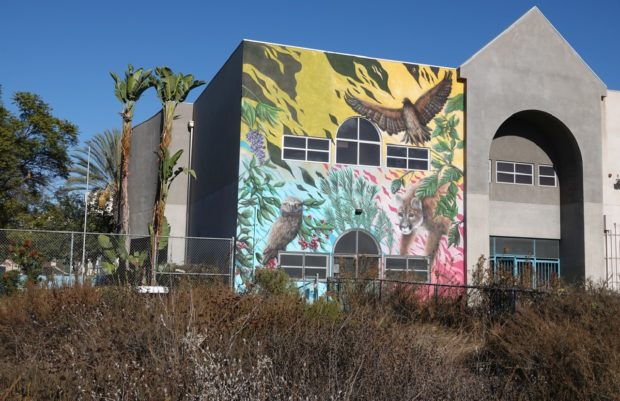
Mural by Jonathan Martinez at the Esperanza Elementary School in Los Angeles. Photo by Brad Rumble.
2.
The National Wildlife Federation unveiled a series of new visualizations of the wildlife crossing at Liberty Canyon this fall, which will be the largest wildlife crossing of its kind in the world. This crossing will help protect the threatened mountain lion population that make their home in the Santa Monica Mountains and reconnect an ecosystem for all wildlife.
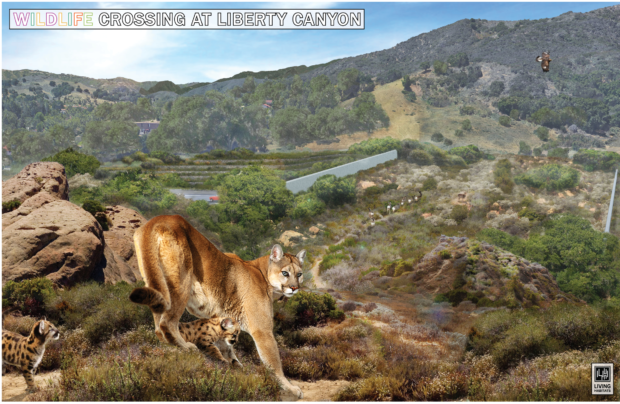
Mountain lion in the Santa Monica Mountains. Image by Living Habitats LLC/National Wildlife Federation. 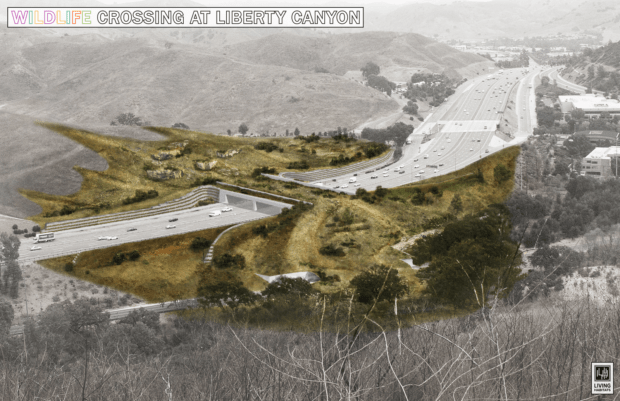
The world’s largest wildlife crossing at Liberty Canyon in Agoura Hills California. Image by Living Habitats LLC/National Wildlife Federation.
This crossing, scheduled to break ground in 2021, is a public-private partnership between the National Wildlife Federation, Caltrans, the National Park Service, the Santa Monica Mountains Conservancy/MRCA, and the Resource Conservation District of the Santa Monica Mountains.
3.
The Sacred Grounds Program welcomed 15 new houses of worship in Grand Rapids, 6 in Toledo, and 10 in Detroit.
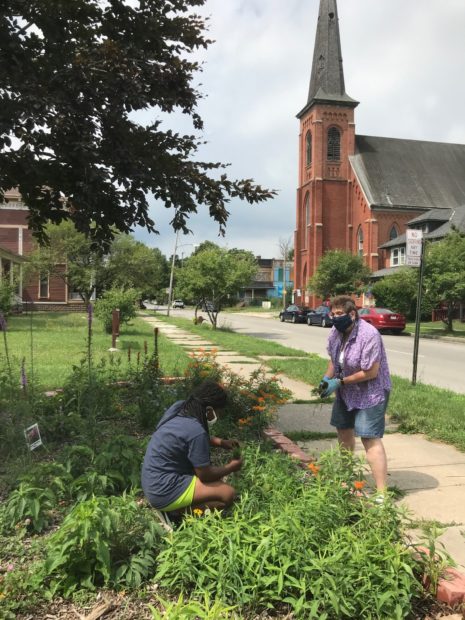
Volunteers at the wildlife garden in progress at Salem Lutheran Church in Toledo, Ohio. Photo by Sanja Jennings. 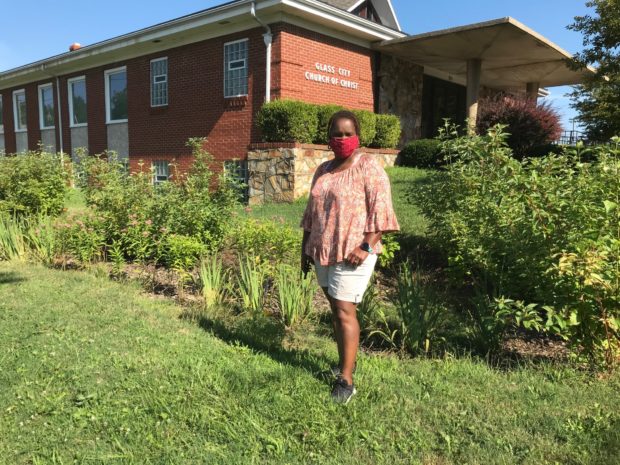
Volunteer at the Glass City Church in Toledo, Ohio. Photo by Sanja Jennings.
The Sacred Grounds program also distributed 150 native plant vouchers during an online workshop for residents in Grand Rapids, Toledo, and Detroit where residents learned how to install native plant gardens at home or other sites throughout the community.
4.
Green Columbus, Ohio, celebrated the 50th anniversary of Earth Day by planting and giving away 50,000 native trees across central Ohio with the support of the Trees for Wildlife Program.
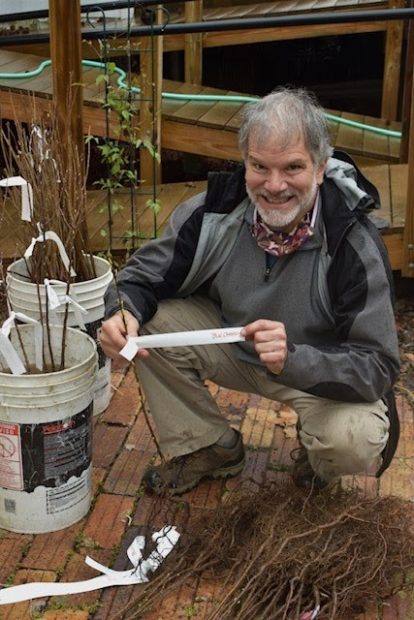
Volunteer at the Green Columbus tree planting event in Adena Brook, Ohio. Photo by Clause Eckhart. 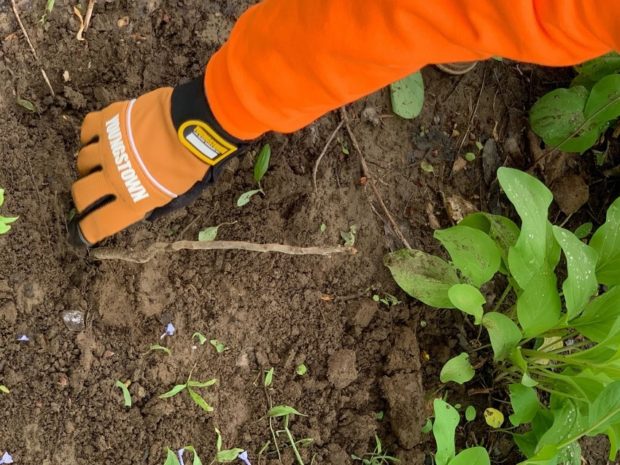
Volunteer at the Green Columbus tree planting event in Gahana, Ohio. Photo by Clause Eckhart.
5.
Five communities, Red Clay Valley, DE, Pierce County, WA, Yellow Springs, OH, Fourth and Gill Neighborhood, TN, and Lancaster County, PA became certified Community Wildlife Habitats, a designation earned by communities for their significant accomplishments in creating sustainable, wildlife-friendly communities.
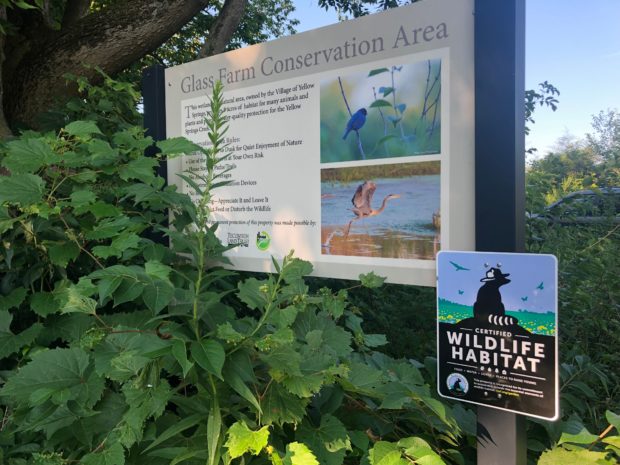
Glass Farm Conservation area in Yellow Springs, Ohio, a Certified Wildlife Habitat Community. Photo by Catherine Zimmerman. 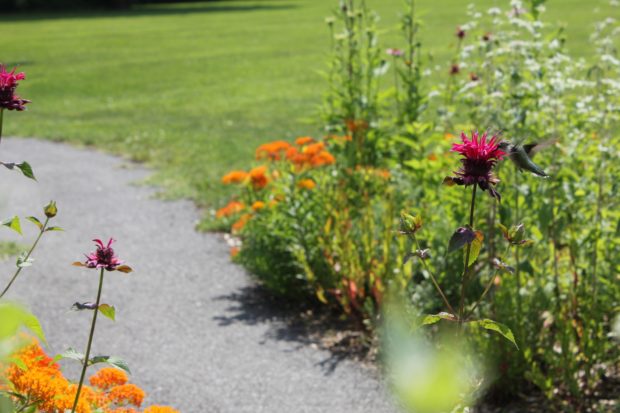
Schoolyard habitat in Lancaster County. Photo by Elyse Jurgen. 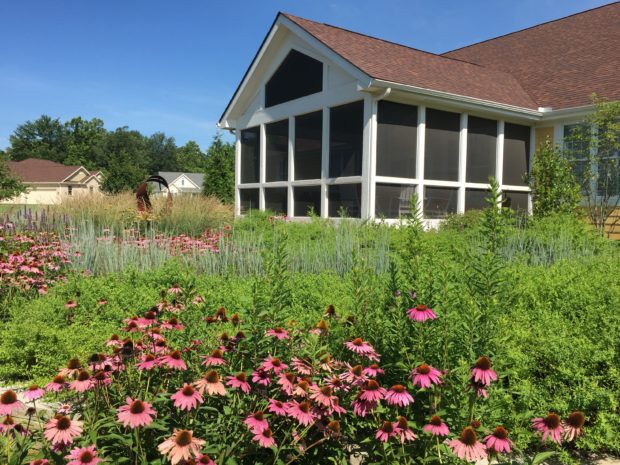
Home garden in Yellow Springs, Ohio, a Certified Wildlife Habitat Community. Photo by Catherine Zimmerman. 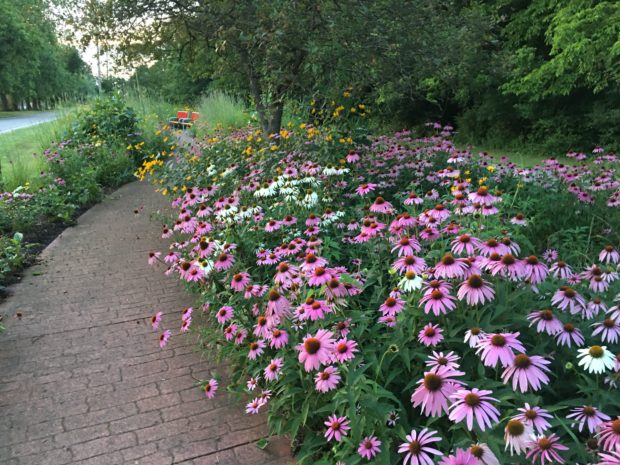
Roadside habitat in Yellow Springs, Ohio. Photo by Marianne MacQueen. 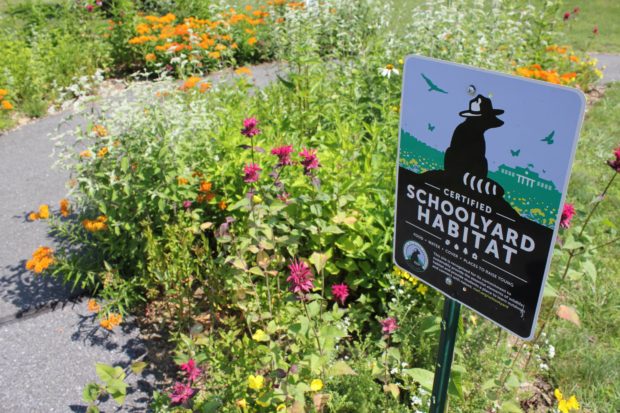
Schoolyard habitat in Lancaster County. Photo by Elyse Jurgen.
6.
Mayor Brandon Combs of Charleston, IL, Mayor Valerie Plante of Montréal, Québec, and Mayor Brad Wiersum of Minnetonka, MN were awarded the title of “Monarch Champion,” celebrating the completion of all 24 actions in the Mayors’ Monarch Pledge.
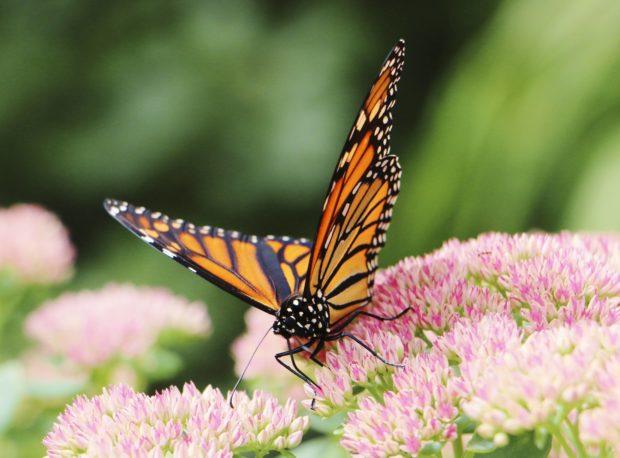
7.
Mayor Linda Gorton of Lexington, KY was celebrated as the 600th signatory in the Mayors’ Monarch Pledge.
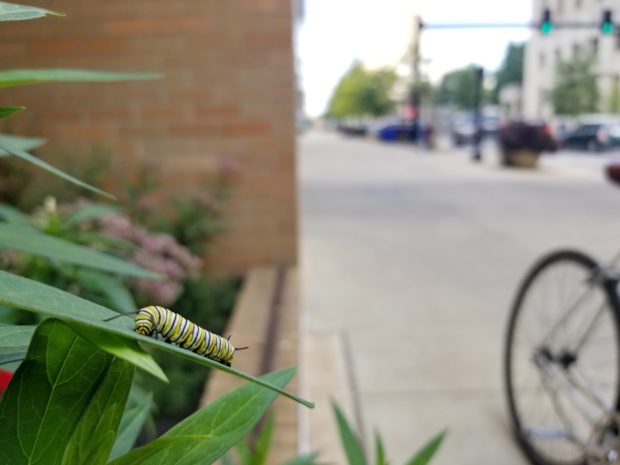
8.
The Tennessee Environmental Council in Nashville, TN, organized a tree giveaway in every county in the state, giving away 40,000 trees in total using socially-distanced, drive-through pickups.
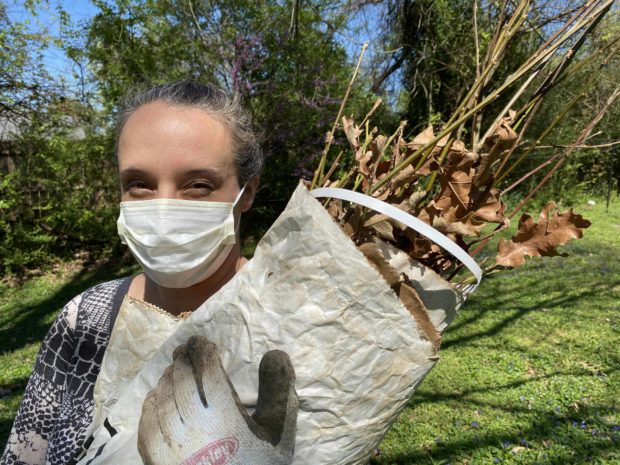
9.
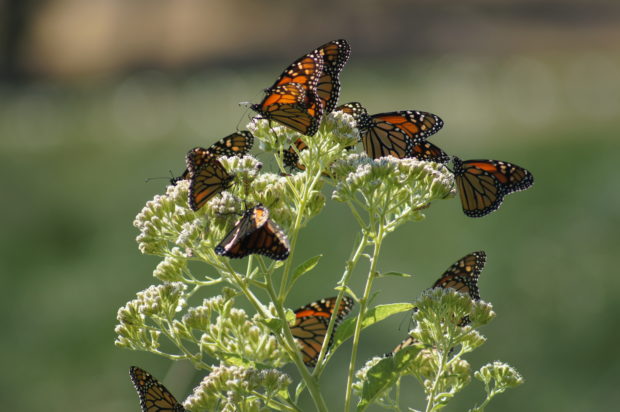
Austin, TX a Mayors’ Monarch Pledge and certified Community Wildlife Habitat hosted their annual Roots and Wings Festival virtually and celebrated the cities 29th Arbor Day and 7th Monarch Appreciation Day, distributing nearly 4,000 at-home nature kits across the community.
10.
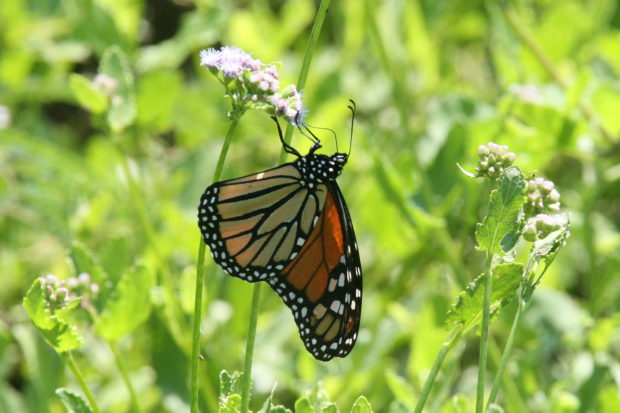
The National Wildlife Federation, in collaboration with Lower Rio Grande Valley of Texas (LRGV) partners, completed the LRGV monarch conservation plan, Destino Monarca.
The plan presents various goals and strategies to restore high-quality habitats for monarchs by linking available urban habitats, existing refuges, and native habitats on public and private land to increase connectivity among the available native habitat for migratory monarchs. This particular effort is named Destino Monarca in reference to the importance of the LRGV for monarchs as a critical region for monarch migration.
This year has proven that in times of crisis, our communities can and will come together to better protect each other and wildlife. Schools, teachers, students, and families also had to adjust this year, pivoting to utilize environment-based outdoor and virtual education resources.
The National Wildlife Federation’s education programs found equitable ways to engage students virtually and support teachers with flexible learning opportunities for students from Pre-K to higher education.
Follow @EcoSchoolsUSA on social media later this month as they celebrate the accomplishments of teachers around the country. For more information about community wildlife conservation efforts visit, Mayors’ Monarch Pledge, Community Wildlife Habitat, Trees for Wildlife, and Sacred Grounds websites.










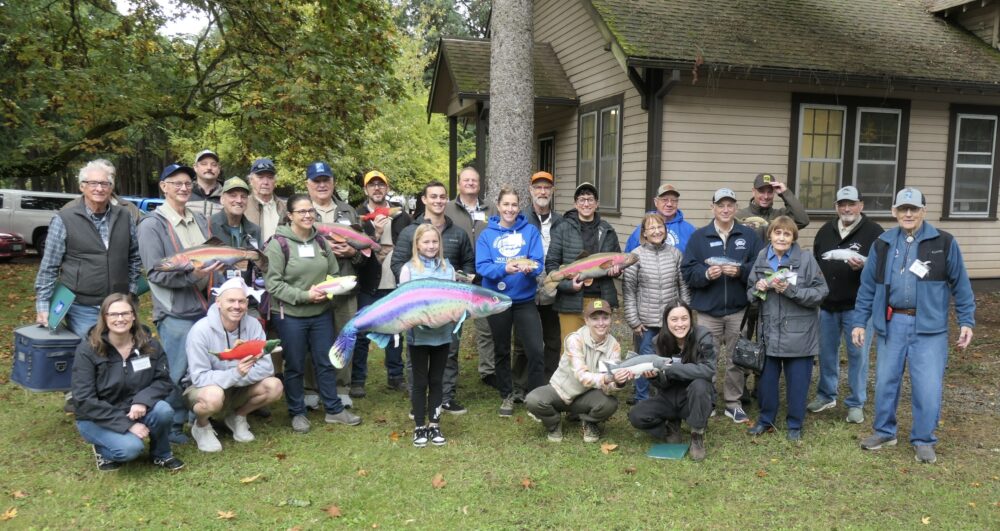
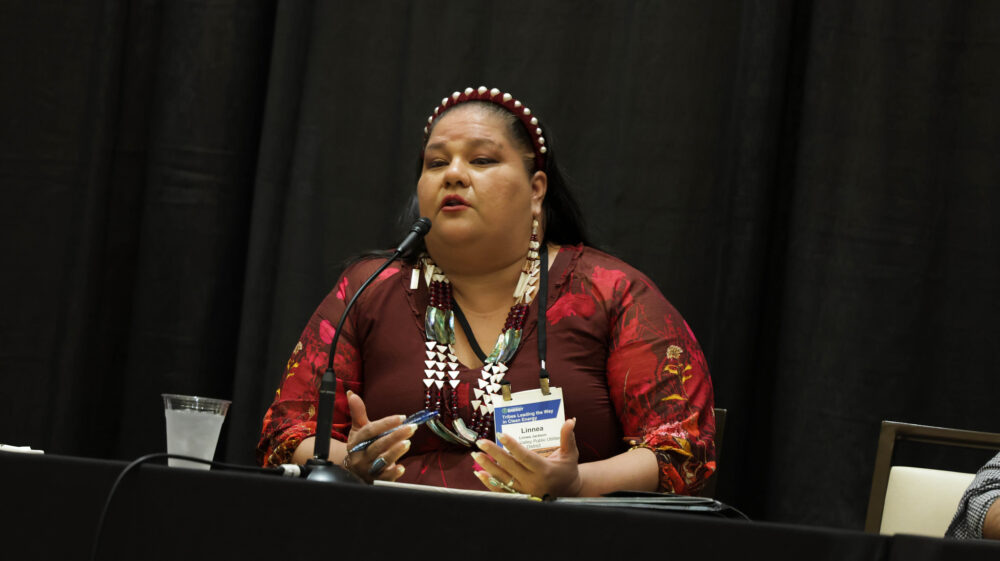




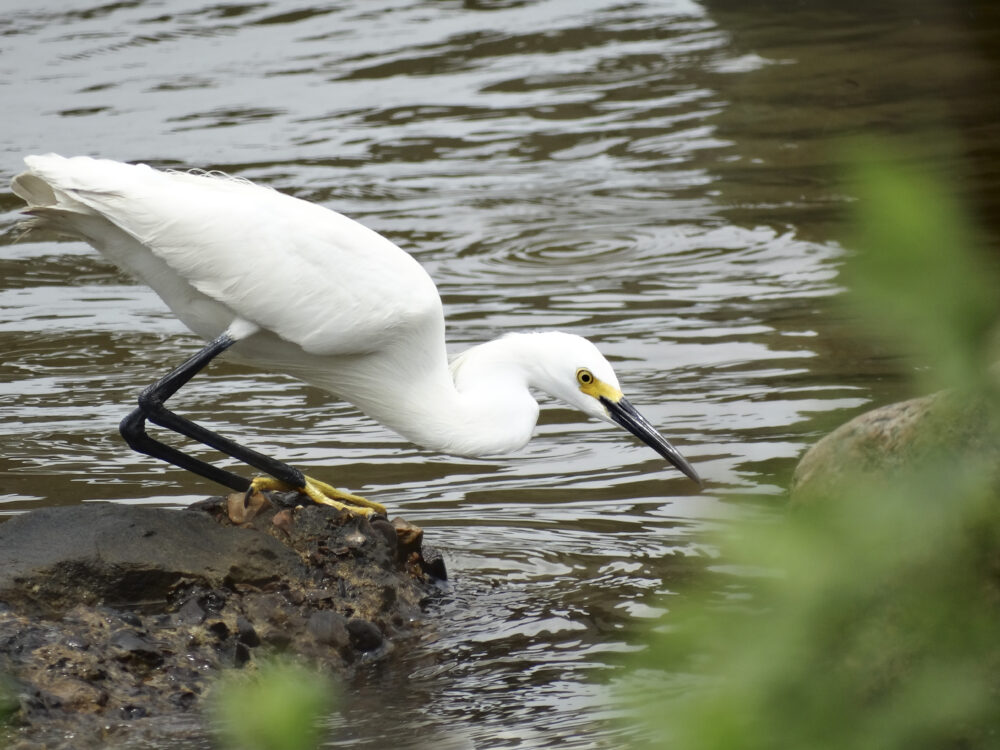
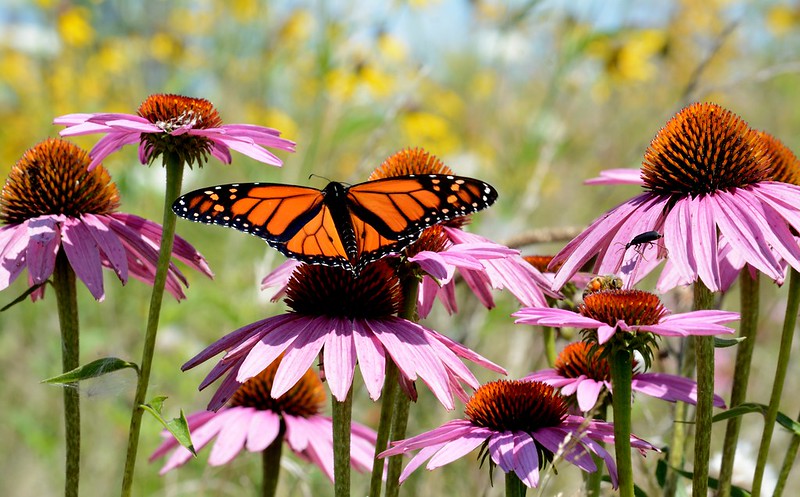



Building Momentum: What’s Next for Beaver Conservation in Colorado